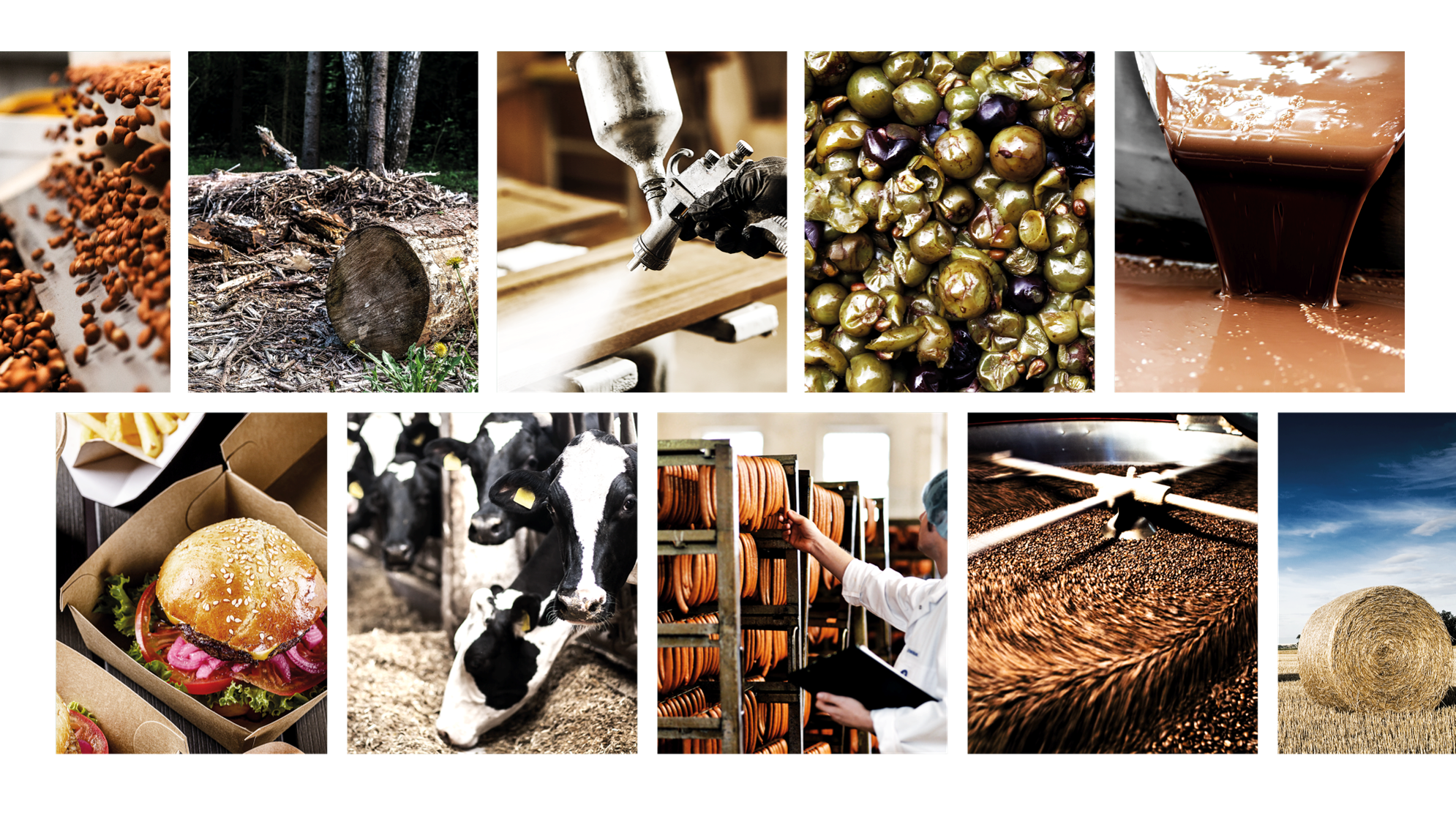Biogenic residues, such as those released for disposal in industrial processes as well as those that have so far simply been left to rot (e.g. wood cuttings), pose a considerable climate problem: they contain carbon. In conventional disposal efforts, this carbon is released into the atmosphere in the form of climate-damaging CO2.
This is the common carbon cycle. But: We can no longer afford this release of CO2 nowadays. The global releases are too serious due to rapidly growing forest and peat fires worldwide, as well as the thawing permafrost soils.
To give an impression of the dimensions: Around 44 percent of the waste generated globally in 2016 was organic waste such as food and green waste (Source: Statista 2021). If the global annual emissions from food waste – some 3.3 billion tonnes – were released as a single country, that nation would be the world’s third largest polluter behind China and the United States (Source: © Circular – Magazine for resource and waste professionals 2021).
This is where pyrolysis comes into play: The carbonization of biomass in an oxygen-poor or oxygen-free environment converts about half of the carbon compounds in the biomass into biochar. This carbon-rich material is highly durable and resists biological or chemical decomposition. Left in the soil or used in other durable material applications, this biochar creates a carbon sink. This is, of course, provided that the provision of the biomass does not reduce existing carbon stocks.
These carbon sinks, just like reforestation and humus growth, are without alternative to counteract the climate crisis. After all, emission reductions alone are not enough. To achieve the goal of the European Union, which is to become climate neutral by 2050, the annual sink volume must increase to at least 850 million metric tons of CO2.
Using the PYREG Standard System PX 1500, an average output of 690 tons of biochar can be produced every year. Incorporated into the soil as a soil improver, this can sequester as much CO₂ per year as 220,800 trees.
PyCCS is evolving into a decisive tool for global carbon governance, supporting both climate change mitigation and the sustainable development goals simultaneously.






0 Comments